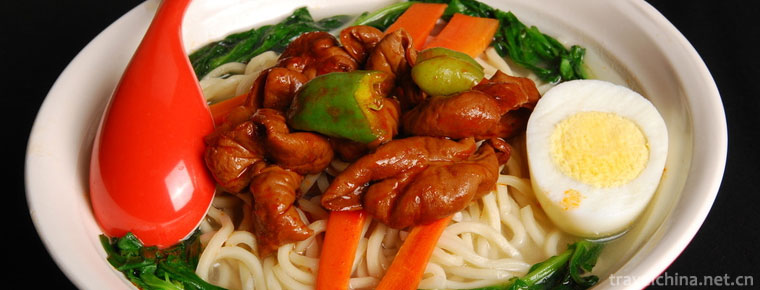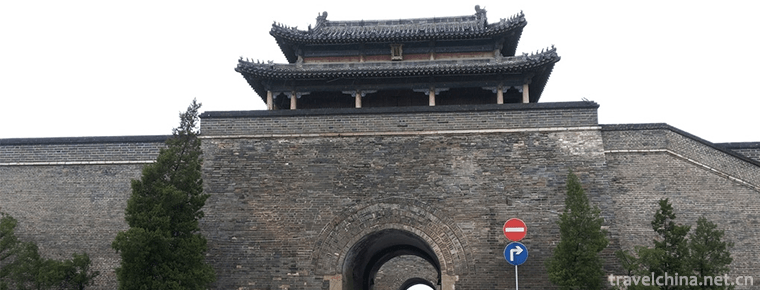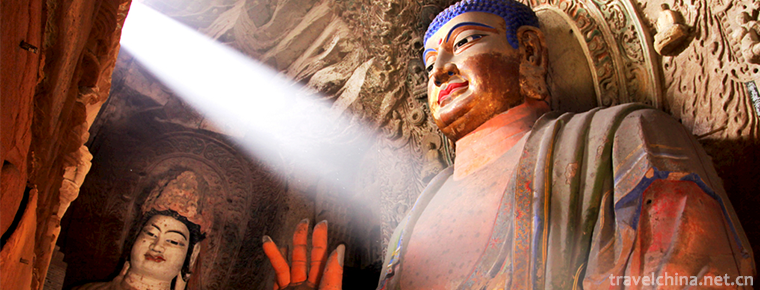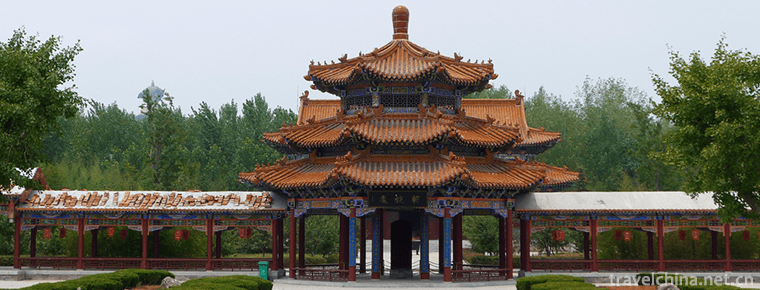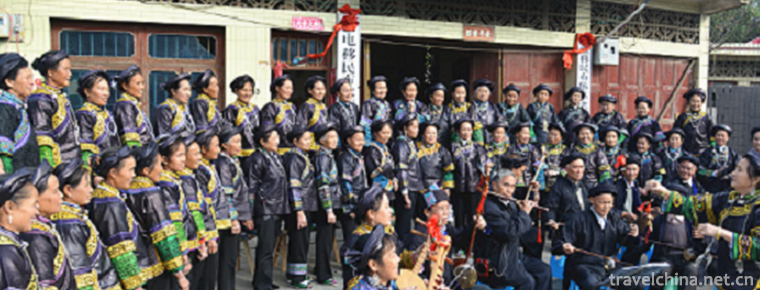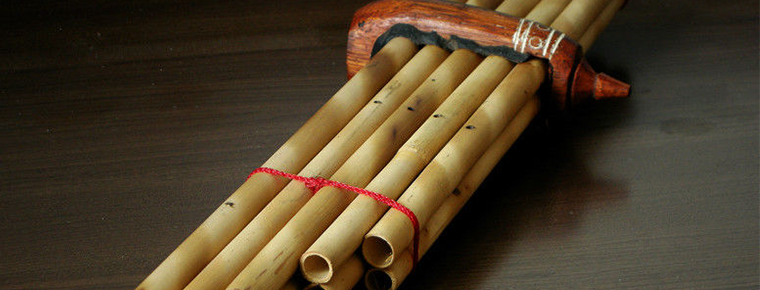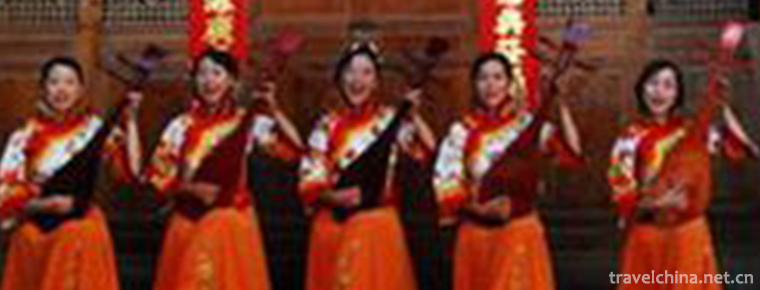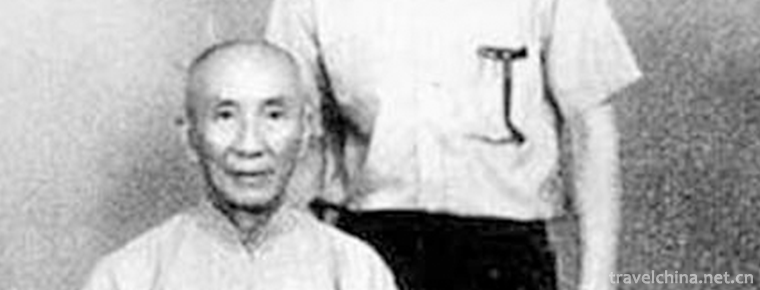Mashan folk songs
Mashan folk songs
Mashan Folk Song is a traditional folk song form which is popular in the area of Mashan Town, Jingzhou District, Jingzhou City, Hubei Province. One of China's national intangible cultural heritage lists. With a long history and specific geographical environment, it has formed its own unique folk song style. It is known as the cradle of Jingzhou folk song and occupies a very important position in the treasure house of Hubei folk music.
On June 7, 2008, the "Mashan Folk Songs" declared by Jingzhou District, Jingzhou City, Hubei Province, were listed in the second batch of national intangible cultural heritage lists with the approval of the State Council. Heritage serial number: 580 II-81.
historical origin
Mashan Town, Jingzhou District, Jingzhou City, Hubei Province, is famous for its folk songs. Here once unearthed rare cultural relics Yue Wang Goujian sword. With a long history and specific geographical environment, it has formed its own unique traditional folk song style. It is known as the cradle of Jingzhou folk song and occupies a very important position in the treasure house of Hubei folk music.
Mashan folk song has distinctive regional cultural characteristics and has a long history. Its history can be traced back to "Yangge" and "Tiange" in Chu area around the 1st century A.D. From 298 B.C. to 263 B.C. (King Xiangwang of Chu in the Warring States Period), Song Yu said in Question to the King of Chu that "the guest sings in the middle of Yun, which began with Xiali and Ba people, and thousands of people belong to the Kingdom and are in harmony...". Later, from the 7th century to the early 20th century, the Tang, Song, Ming and Qing dynasties recorded the "Yun Zhongtian Song".
artistic characteristics
artistic form
Mashan folk song represents the overall morphological and musical characteristics of Jianghan Plain folk song, with a strong original ecological flavor. Its melody is smooth and pleasant, rhythm is lively and lively, lyrics are concise and refined, popular and easy to learn. Its peculiar Lyric structure of five sentences into songs and the end of sentences is a treasure of Jingchu culture. The five major tunes of "trumpet tune", "buddy tune", "dumb tune", "jingkou tune", "oh dumb tune" and the five-sentence song are well-known. They have been singing for a long time and are widely spread among the people.
The content of Mashan folk songs covers historical Dynasty stories, knowledge of production and life, flowers, birds, insects, fish, wedding and funeral customs, Festival lights and celebrations, etc. There are dozens of kinds of folk songs, such as field songs, chants, minors, lantern songs, nursery songs, folk songs, religious songs and so on. Five-sentence song in Tian Ge occupies an extremely important position in Mashan folk song. "Five-sentence song" can be divided into "shouting five sentences", "catching up with five sentences" and "wearing five sentences". The structure of the song is quite different and the basic melody is much the same.
Representative repertoire
"Five Major Tunes" (1) "Horn Tune": "Turn over a Pair of Peony"
(2) "Dude tune": "I say the boss is a bull"
(3) "Duo Diao": "There's hope for a bumper harvest this year"
(4) Dingding Tune: One Clothes and Two Watchers
(5) Toad tune, A Toad with a Mouth.
Inheritance and protection
Inheritance status
Before 1949, Ma Shan folk songs were in a spontaneous state. During this period, Wang Shengbing, Cai Difeng, Liao Chuanfa and others were the representatives of Ma Shan folk songs. At the beginning of 1955, the social and Cultural Department of Hubei Cultural Bureau organized 12 famous figures in literary and artistic circles, such as Zhang Jingan and Shalai, to go to Ma Shan to squat, collect Ma Shan folk songs and collect more than 50 pieces. In October of the same year, Mashan Folk Song Team participated in the county Folk Song Concert performance, with an unprecedented gathering of singers.
As early as the 1950s, some of Mashan's folk songs, as excellent Chinese folk songs, were recorded by Wuhan Record Company and exported to Western Europe and Southeast Asian countries. At that time, primary and secondary schools were listed as music textbooks, and both men and women, old and young, took singing as their pleasure. The first volume of the Chinese folk song collection Red Flag Ballads, Singing Mao Zedong, is a folk song in Mashan area. In 1957, Ma Shan folk singer Wang Zhaozhen and others sang "Horn Tune" and "Duo Tune" in Huairen Hall, Zhongnanhai, Beijing. They were cordially received by Zhou Enlai, Liu Shaoqi and other central leaders. In 1960, Chinese Folk Song published by China Music Publishing House officially published five major tunes of Mashan Folk Song. In September 2003, the special film "Chu Ge Today and Past" filmed by CCTV in Mashan was broadcasted on CCTV International Channel "Travel through China", introducing Jingzhou Mashan folk songs to audiences at home and abroad. In 2009, the Ministry of Culture confirmed Wang Zhaozhen as the successor of Mashan Folk Songs in the Notice of the Ministry of Culture on the Announcement of Representatives of the Third Batch of National Non-material Cultural Heritage Projects, No. 6 of Wenfei Heritage .
Number: 03-0863
Information: Wang Zhaozhen, Gender Female, Han Nationality, Jingzhou District, Jingzhou City, Hubei Province.
protective measures
In order to inherit and protect Mashan folk songs, the Cultural Department of Jingzhou District, in cooperation with Jingzhou Art Research Institute, has set up a rescue and protection organization for Mashan folk songs, and invited experts and scholars to participate in the collection, collation and research of Mashan folk songs. The original recording of Mashan folk songs collected was made into CD-ROM, and the music scores and related materials were centralized, archived and preserved, and a special collection of Mashan folk songs (Jiangling Folk Song Album) was published.
In addition to collecting and sorting out, Jingzhou District has also adapted and innovated the traditional folk songs of Mount Ma, endowed them with new connotations, and launched a new group of folk songs and dances, such as "Cheshuigong and Drum", "Fire and Fire", "Fenggu Qiming", "Opening Yangmen", "Night Fishing" and "Mountain Song Singing Farmer Music", which make the folk songs of Mount Ma more epochal and closer to life. Close to the masses.
Ma Shan Town also takes Ma Shan Middle School as a pilot, mobilizing students to collect 32 Ma Shan folk songs lyrics, making Ma Shan folk songs into "Hometown Folk Songs" local music teaching materials, and incorporating them into the teaching content of middle school music lessons, and promoting the use of them in schools throughout the town, so that students can "sing their home songs orally and think about their home affairs". Mashan Middle School won the honorary title of "the first batch of excellent Chinese cultural and artistic heritage schools in Hubei Province" in 2011. In addition to inviting city and district folk song experts to teach for students, the school also requires students to learn to sing more than five Mashan folk songs during the winter vacation, and the response is good.
On this basis, in June 2005, Jingzhou District, in cooperation with Jingzhou Art Research Institute, launched the project of declaring Mashan Folk Songs as a list of intangible cultural heritage in Hubei Province and at the national level. After the appraisal by the Provincial Expert Committee on the Protection of intangible cultural heritage, Mashan folk songs were listed in the first batch of intangible cultural heritage lists in Hubei Province and made public online. In 2008, Mashan folk songs were listed in the national intangible cultural heritage list.
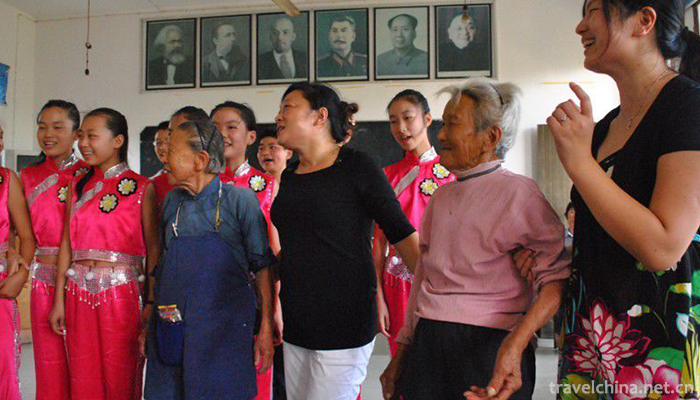
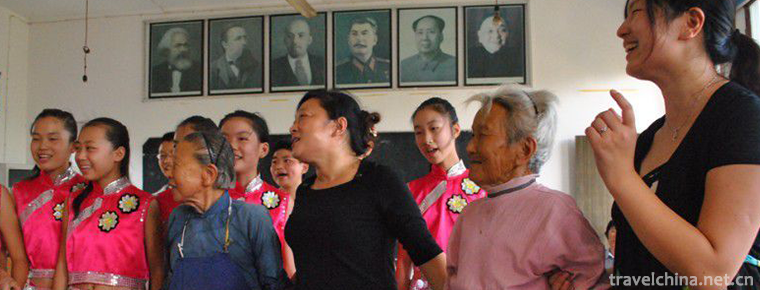
Mashan folk songs
-
Pork intestine Noodles
Pork intestine Noodles are famous traditional snacks in Sichuan
Views: 239 Time 2018-10-12 -
Qu Fuming Gucheng
Qufuming Old Town: World Cultural Heritage, one of the three holy cities in the world, national AAAAA tourist attractions, National Scenic spots, national key cultural relics protection units, one of
Views: 196 Time 2018-12-08 -
Binxian Dafo Temple Grottoes
Binxian Dafo Temple Grottoes, located at the foot of Qingliang Mountain, 10 kilometers west of Binxian City, Xianyang City, Shaanxi Province, is the largest Grottoes group in Shaanxi Province and an i
Views: 152 Time 2019-01-03 -
Mangdao Mountain Han Culture Tourist Scenic Spot
Located in Yongcheng City, Henan Province, Mangdao Mountain Han Culture Tourist Area is a national AAAAA-level scenic spot which integrates landscape sightseeing
Views: 120 Time 2019-02-07 -
Nanwan Lake Scenic Area
Nanwan Lake, also known as Nanhu Lake, is located in Xinyang City, Henan Province. It is known as the "Pearl of South Henan" and is a famous natural scenic spot of Nanwan Lake. All around th
Views: 233 Time 2019-02-07 -
Brodo
Buyi Opera, a local traditional drama in Ceheng County, Guizhou Province, is one of the national intangible cultural heritage.
Views: 160 Time 2019-04-04 -
Lusheng music
Lusheng is one of the core musical instruments in Miao traditional music culture. In the long history of Miao music practice, its cultural function is not limited to universal musical instruments, bec
Views: 119 Time 2019-05-15 -
Nanping Opera
Nanping Opera is a folk art popular in the area of Jiuzhaigou County (former Nanping County) on the Northwest Plateau of Sichuan Province. It was once called "Nanping Pipa Playing and Singing&quo
Views: 313 Time 2019-06-07 -
Yongchun Quan
Yongchun Quan is a traditional Chinese martial arts, a technology to stop invasion, a positive, streamlined and legitimate defense system, and the legal use of force. Compared with other traditional C
Views: 232 Time 2019-07-14 -
Chengdu Yongling Museum
The Royal Museum of Wang Jian, located at No.10 Yongling Road, Jinniu District, Chengdu, covers a total area of 54000 square meters, and is composed of three parts: cultural relics protection area, comprehensive museum and garden protection area.
Views: 162 Time 2020-10-18 -
Meishan City logo
Meishan City logo is composed of ancient Chinese tile pattern and Dongpo head portrait, which shows a feeling of ancient historical traces and reflects the ancient culture of Meishan. From the design to the font are used a simple style, using the combinatio
Views: 336 Time 2020-12-18 -
Guangan science and technology
In 2019, 16 new high-tech enterprises will be cultivated in Guang'an City, 107 of which will be put on record by the Ministry of science and technology. One provincial high-tech industrial park, one provincial engineering technology research center and two
Views: 359 Time 2020-12-19
